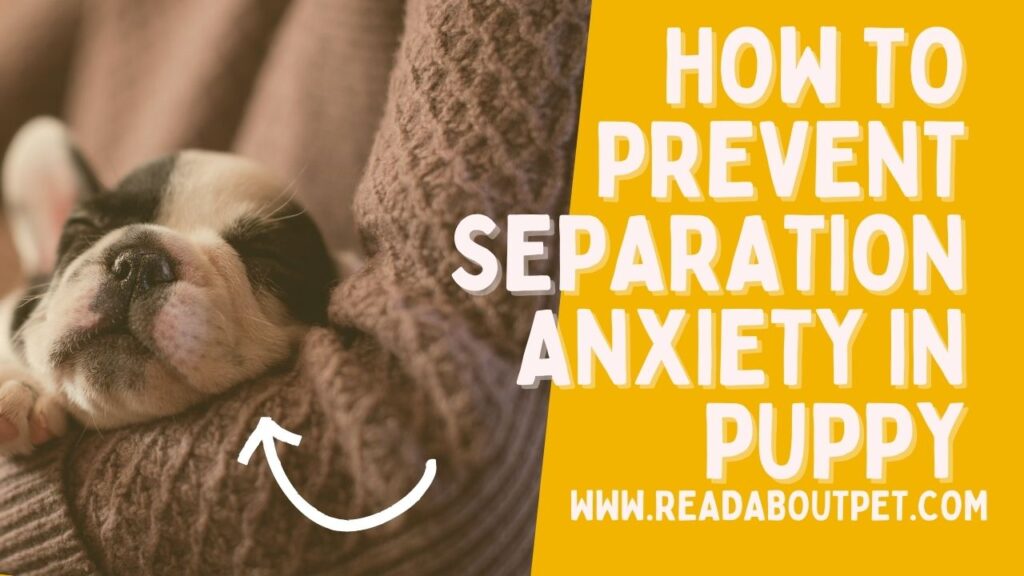As a pet owner, you want to give your furry friend all the love and care they deserve. You may be wandering to find the answer of question that is white chocolate bad for dogs?
Unfortunately, the answer is not straightforward. Some believe white chocolate is safe for dogs to eat in small amounts. Others believe it should be avoided completely.
Understanding white chocolate and its Ingredients
To answer if white chocolate is bad for dogs, we must first understand what it consists of. Unlike regular chocolate, white chocolate does not contain cocoa solids.
Instead, it is made up of cocoa butter, sugar, milk solids, and other flavorings. While cocoa butter is safe for dogs, the other ingredients can pose a potential risk.
The Dangers of Sugar and Milk Solids
One of the biggest concerns with white chocolate is its high sugar content. Dogs should not consume large amounts of sugar, as it can lead to obesity, dental issues, and even diabetes.
Additionally, the milk solids in white chocolate can cause gastrointestinal distress, including vomiting and diarrhea.

The risks of white chocolate poisoning
While a small amount of white chocolate may not harm your dog, larger quantities can be toxic. This is because white chocolate contains 0.25 mg of theobromine per ounce of chocolate, a chemical compound found in cocoa. Theobromine can be dangerous to dogs in high doses, as their bodies cannot metabolize it as efficiently as humans can.
Symptoms of White Chocolate Poisoning in Dogs
If your dog has ingested a significant amount of white chocolate, they may display symptoms of poisoning. These can include:
- Vomiting
- Diarrhea
- increased thirst and urination
- Hyperactivity
- Rapid heartbeat
- Muscle tremors or seizures
- Restlessness or agitation
- Depression or lethargy
- Difficulty breathing
If you notice any of these clinical signs of chocolate poisoning symptoms, seek veterinary care immediately.

How to Keep Your Dog Safe
To keep your dog safe, it is best to avoid feeding them white chocolate altogether. Instead, offer your dog a very dog-friendly treats that are specifically formulated for their dietary needs.
Decide to give your dog white chocolate? Monitor them closely. Watch out for signs of distress.
What if my dog ate white chocolate?
If your dog has eaten white chocolate, it is important to monitor them closely for any signs of distress. Be aware of the following signs and symptoms: – Vomiting and diarrhea – Increased thirst and urination – Hyperactivity – Rapid heartbeat – Muscle tremors or seizures – Restlessness or agitation – Depression or lethargy – Difficulty breathing.
If you notice any symptoms, seek veterinary care immediately. Your vet may induce vomiting or take other measures to prevent the absorption of theobromine into your dog’s system.
The veterinarian may suggest supportive care for your dog. This could include intravenous fluids, anti-nausea medication, or activated charcoal. The charcoal helps absorb toxins still present in your dog’s stomach.
Remember, prevention is key when it comes to keeping your dog safe. To avoid white chocolate poisoning, keep all chocolate and other harmful foods away from your dog. Stick to treats that are formulated specifically for their dietary needs.
Other foods to avoid
In addition to white chocolate, there are several other foods that you should avoid feeding your dog, including:
- Eating chocolate (including dark and milk chocolate, dark chocolate)
- Grapes and raisins
- Onions and garlic
- Avocado
- Alcohol
- Coffee and caffeine
- Macadamia nuts
- Fat and sugar;
- food with an excessive amount of bromine
- baking chocolate
Conclusion
In conclusion, white chocolate is not toxic to dogs in small quantities. However, it is not safe to feed them on a regular basis. White chocolate should be avoided when feeding your furry friend.
The high sugar content and potential for milk solids to cause gastrointestinal distress are good reasons for this. Additionally, theobromine poisoning can occur if your dog consumes too much white chocolate. To keep your dog safe, stick to dog-friendly treats and avoid feeding them foods that are toxic to dogs.
FAQs
How can I prevent my dog from eating toxic foods?
To prevent your dog from eating toxic foods, it is important to keep all foods and medications out of their reach. Be sure to store toxic foods in a secure location and dispose of them properly.
Give your dog only dog-friendly treats. Do not share human food with your dog. Be especially careful not to give food with ingredients that are toxic to dogs.
What are some other foods that are toxic to dogs?
Foods toxic to dogs include dark chocolate, grapes and raisins, onions and garlic, avocado, macadamia nuts, and xylitol. Xylitol is a sugar substitute found in many sugar-free gums and candies.
What are some other foods that are toxic to dogs?
Certain foods can be toxic to dogs. These include dark chocolate, grapes and raisins, onions and garlic, avocado, macadamia nuts, and xylitol. Xylitol is a sugar substitute found in many sugar-free gums and candies.
How much white chocolate can a dog eat before it becomes toxic?
The amount of white chocolate that can be toxic to a dog varies depending on their size, weight, and overall health. Generally, a small amount of white chocolate may not cause any harm, but if a dog eats more than 20mg of theobromine per pound of body weight, it can be dangerous.
Can dogs eat any type of chocolate?No, dogs should not eat any type of chocolate, as it can be toxic.
What should I do if my dog eats white chocolate?
If your dog eats white chocolate, monitor them closely for any symptoms of distress and seek veterinary care if necessary.






